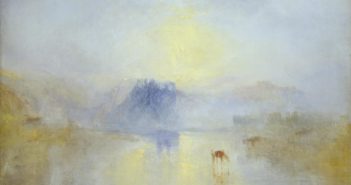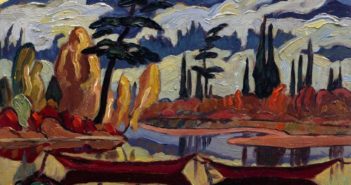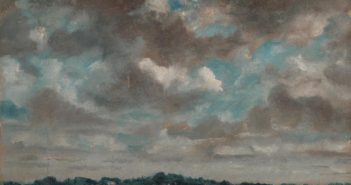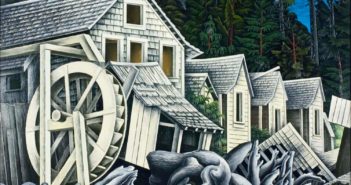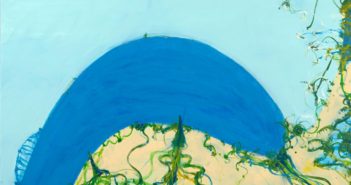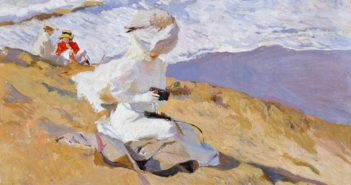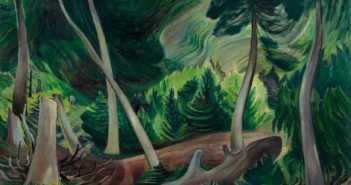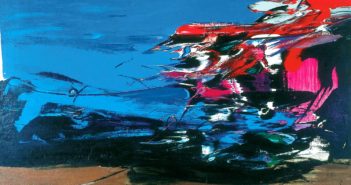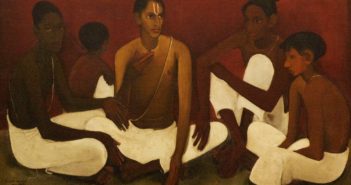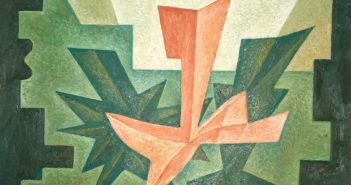
The nature of serial process
We’re all familiar with the problems associated with Sunday Painters. Cranking up the old machine once a week may be okay in the vintage car hobby — but it’s bad news in the creativity game. The steady worker who applies his craft daily is more likely to make creative gains than an intermittent one. Even when tired, or even because of it, the rolling creator can generally squeeze further.

